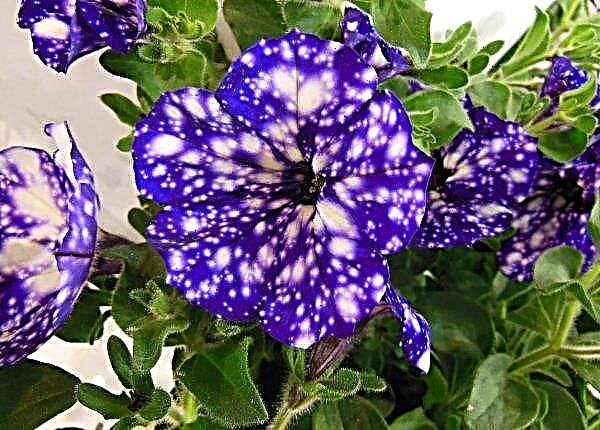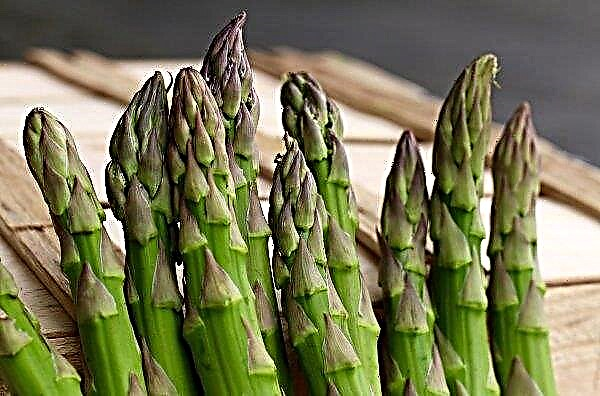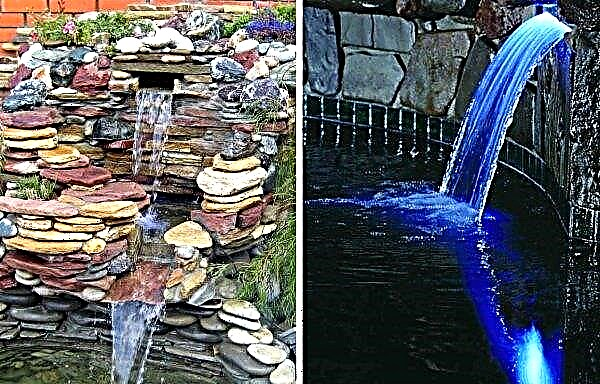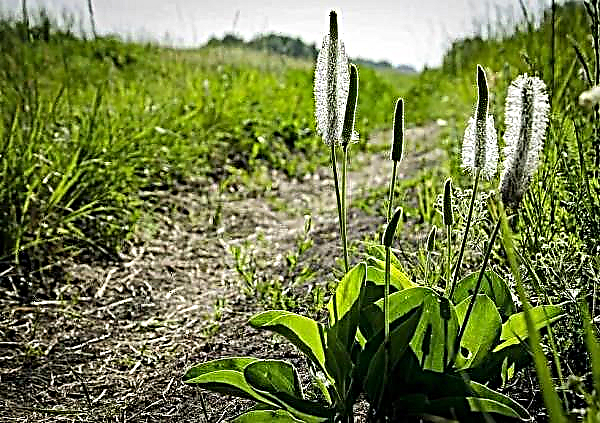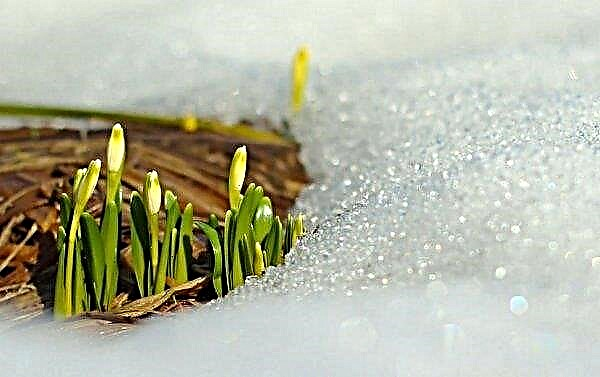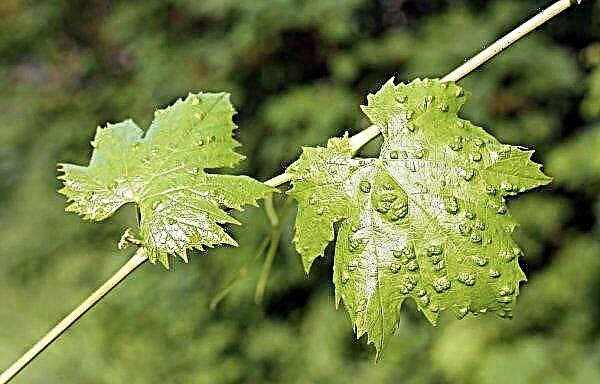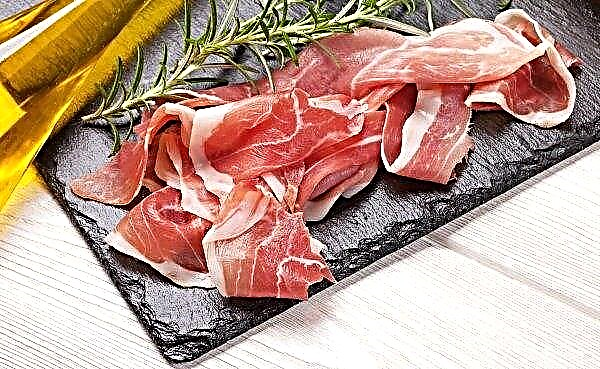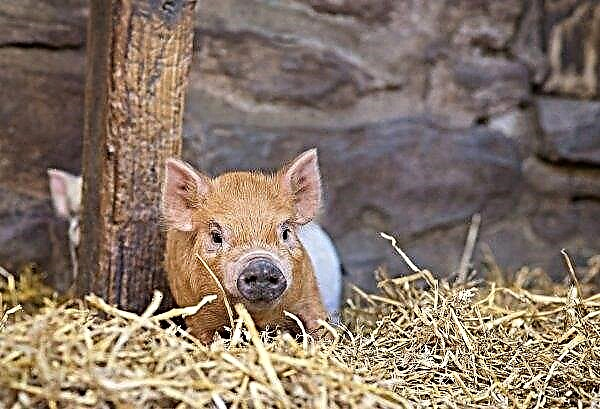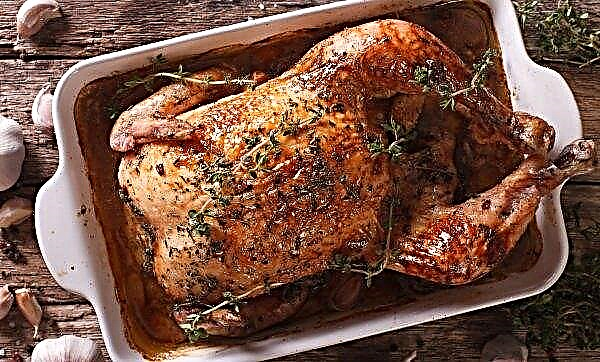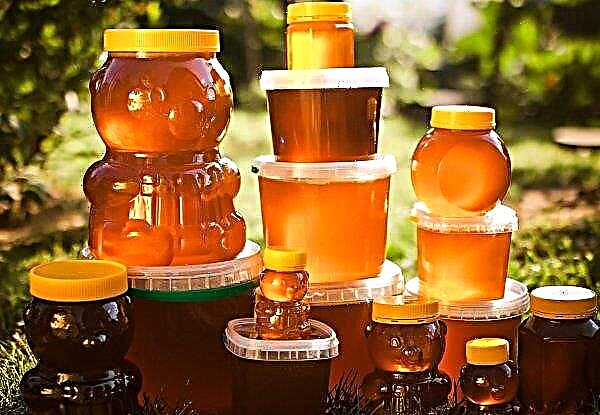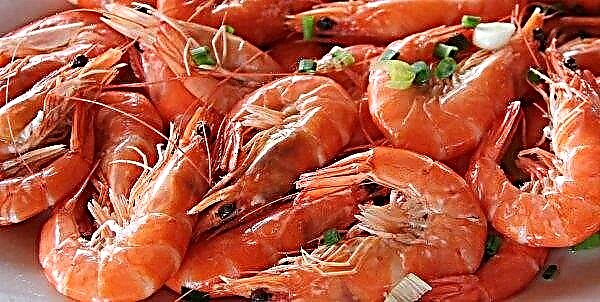The most common legume plant in our climate is peas, which grows well, gives good yields and is used in the preparation of many dishes and even delicacies. But it is one thing to grow a bountiful harvest, and another to preserve it. Storage of these fruits is quite troublesome.
Dates and basic collection rules
Harvesting peas is almost a “jewelry” operation, since you should not miss the moment of ripening of the fruit so that it does not become rougher. You also need to monitor the condition of its wings, which quickly dry out. In addition, ripe fruits collected on time do not take the juices from still forming. The plant often lies down, and those beans that are closer to the ground ripen, dry and crack faster than their "colleagues" located on top of the bush mass.
Hulled breeds need ripening so that the peas harden. Such beans are picked early in the morning until the dew has come down - their already dried flaps are moistened and the seeds do not roll on the ground.Important! Early collection is permissible only in sugar varieties, where the leaves of the pods are also suitable for food. Other species need to achieve technical maturity.

Basic storage rules
Long-term storage is only possible for dry peas.
In this case, you must adhere to the following rules:
- illumination - the product is stored in a dark place;
- humidity - dampness in the room and increased humidity should be excluded;
- capacity - a clean glass jar or bag made of natural fabric;
- dry material - insufficiently dried peas will quickly deteriorate;
- the presence of parasites - the material in which the insects wound up must be discarded, since the parasites are not only outside, but also inside the beans.
Conditions and shelf life of peas
Depending on the type of raw material, peas can be stored from several days to several years. Possible storage options and terms are indicated in the table:
| Kind of pea | Shelf life |
| Fresh green in the pod | up to 7 days |
| Fresh green without pod | up to 6 months |
| Fresh green in any form in the freezer | up to 8 months |
| Canned green | up to 3 years |
| Dry | some years |
Ways to store peas at home
Storage methods vary depending on the type of seeds: green peas can be canned, frozen or dried, and ripened raw materials are stored only in dry form. For the winter, canning is better - with the observance of technology, this method is most reliable.
Green
Fresh peas can be prepared both in pods and peeled. For preservation, only material freed from the pod is suitable, and these beans can be frozen in any form - with or without sashes.

Conservation
Young peas are well preserved during canning. With this type of preform, almost all of its nutritional qualities are preserved.
You can preserve the beans according to the following recipe:
- Clear seeds from pods.
- Remove yellowed and flaky peas.
- Rinse and boil in salted water for 3-5 minutes.
- Drain the liquid and rinse the peas with warm boiled water.
- Spread the beans in sterile jars (0.33 or 0.5 l) and pour boiling brine (1 tablespoon per 1 liter of water).
- Add 1/4 teaspoon of vinegar to the jars.
- Roll up the cans, turn on the lid until it cools.

There is no need to wrap this preservation - this product must cool by itself, after which it must be removed to the storage place.
Freezing
It is better to freeze sugar varieties for the winter, so that after defrosting the beans have elasticity and good taste. Such species can be frozen as leguminous, as well as peeled.
Freezing is performed according to the following scheme:
- Raw materials are removed and washed. Long pods can be cut into 2-3 parts.
- Peas are put in a colander and placed in boiling water for several minutes.
- Beans are cooled and dried on linen napkins.
- Dry peas are placed in bags or plastic containers and placed in the freezer.
Video: How to freeze peas for the winter
To prevent the peas from sticking together during freezing, they must be laid out on a pallet and stored in the freezer for several hours before being placed in bags or containers.
Did you know? The Russian name "peas" comes from the Sanskrit word "garshati" - grated. In ancient times, the Indians rubbed the fruits of this plant to obtain flour.
Drying
When drying in green peas, all useful substances and taste are preserved. For this method of harvesting, it is best to use raw materials collected two weeks after flowering. The pulp of the seeds should be tender, not beginning to harden.
The drying technology is as follows:
- The pods are peeled, and the obtained grains are calibrated - peas of different sizes are dried separately.
- In a colander, beans are blanched - 2 minutes in boiling water, 1 minute in cold water and another 1 minute in boiling water.
- The grains are cooled and dried on linen napkins.
- The dried fruits are laid out on a baking sheet and dried at a temperature of +40 ° C for two hours with the lid of the oven open, and then cool for two hours.
- The baking sheet is re-placed in the oven and aged there for two hours at a temperature of +50 ° C, after which the beans cool for another two hours.
- Finishing drying is carried out at a temperature of +70 ° C for two hours.

The peas processed according to the described technology can be stored for a year in a fabric bag, paper bag, plastic container or glass jar. For use in food such peas need to be boiled or stewed.
Dry
Fully ripened and hardened grains are used, which undergo heat treatment - 3-4 hours in an open oven at a temperature of +40 ... + 50 ° С. After that, the beans cool and are laid out in storage containers.
Storage conditions for dry peas are as follows:Important! High-quality storage of dry peas is associated with the exclusion of moisture, so you need to put a canvas bag with salt in the container with it. Salt will absorb excess moisture that can form in a confined space.
- temperature - up to +25 ° С;
- humidity is low;
- the room is dark, dry;
- container - hermetic, excluding the penetration of parasites.

Boiled
Cooked pea dishes have a short shelf life. Immediately after preparation and cooling, the products are cleaned in the refrigerator. Pea puree has a shelf life of up to two days, and the soup can be kept in the refrigerator for one day longer. After these periods, it is better to throw out the dishes, since when they are consumed, serious problems with the functioning of the gastrointestinal tract are possible.
One way to preserve peas is salting.
Storage Issues
The fulfillment of the conditions for preparation and storage of peas guarantees its shelf life. However, sometimes situations arise in which grains are at risk of damage:
- humidity - the appearance of condensation in the tank signals the need for urgent drying of the contents;
- lighting - changing the lighting mode of the room where the beans are stored can ruin the entire crop;
- tightness - tight containers are used to avoid the penetration of insects, laying off larvae and eating the product;
- technology - violation of cooking technology can lead to product damage and poisoning.

Peas are an excellent nutritious product, therefore, proper storage must be paid attention to. It is not enough to get a good harvest of this plant of the legume family; it is important to process and preserve it qualitatively.Did you know? Pea was used in ancient Greece during the time of the philosopher and scientist Theophrastus (IV – III centuries BC). It was used as a main food for commoners and for livestock feed.


